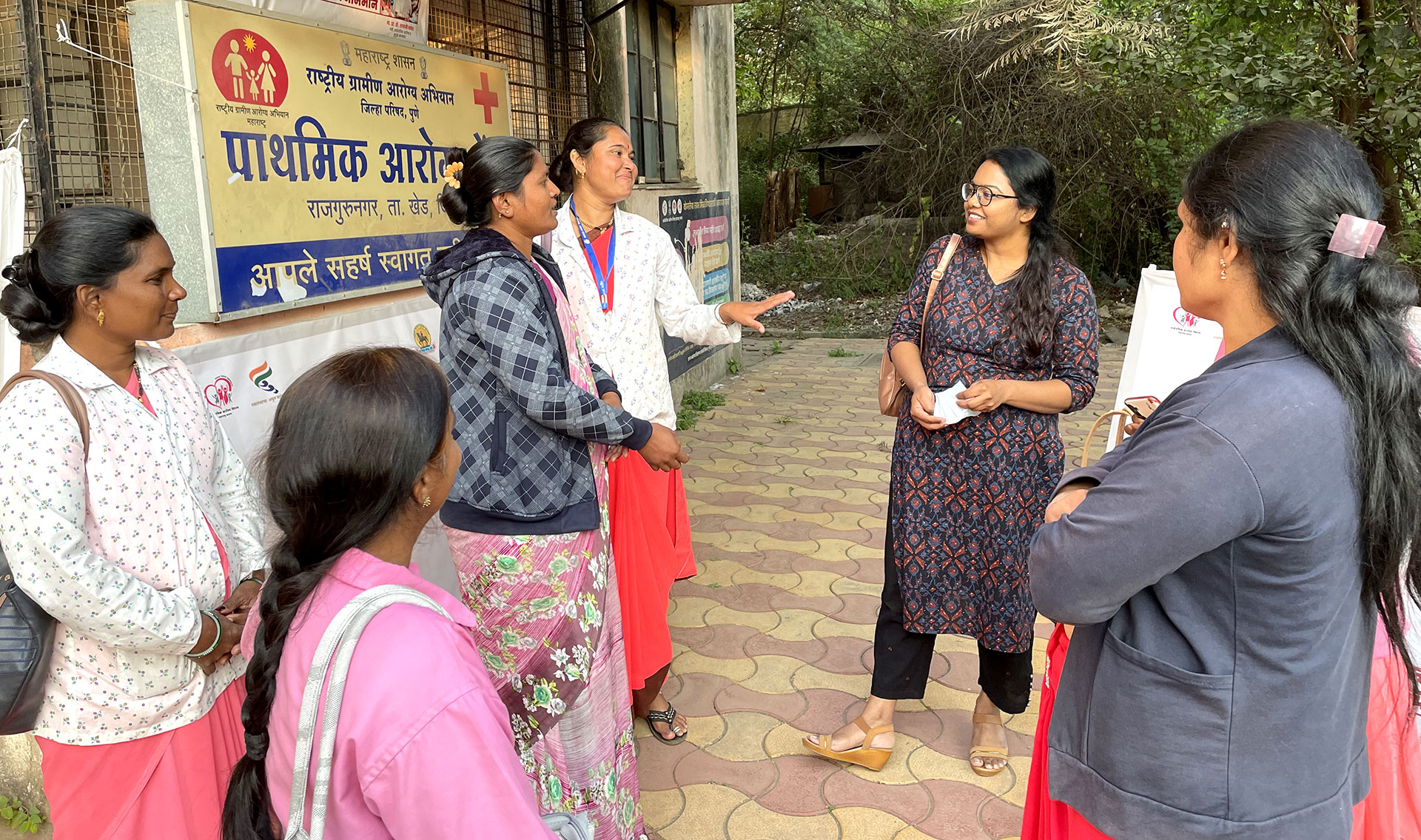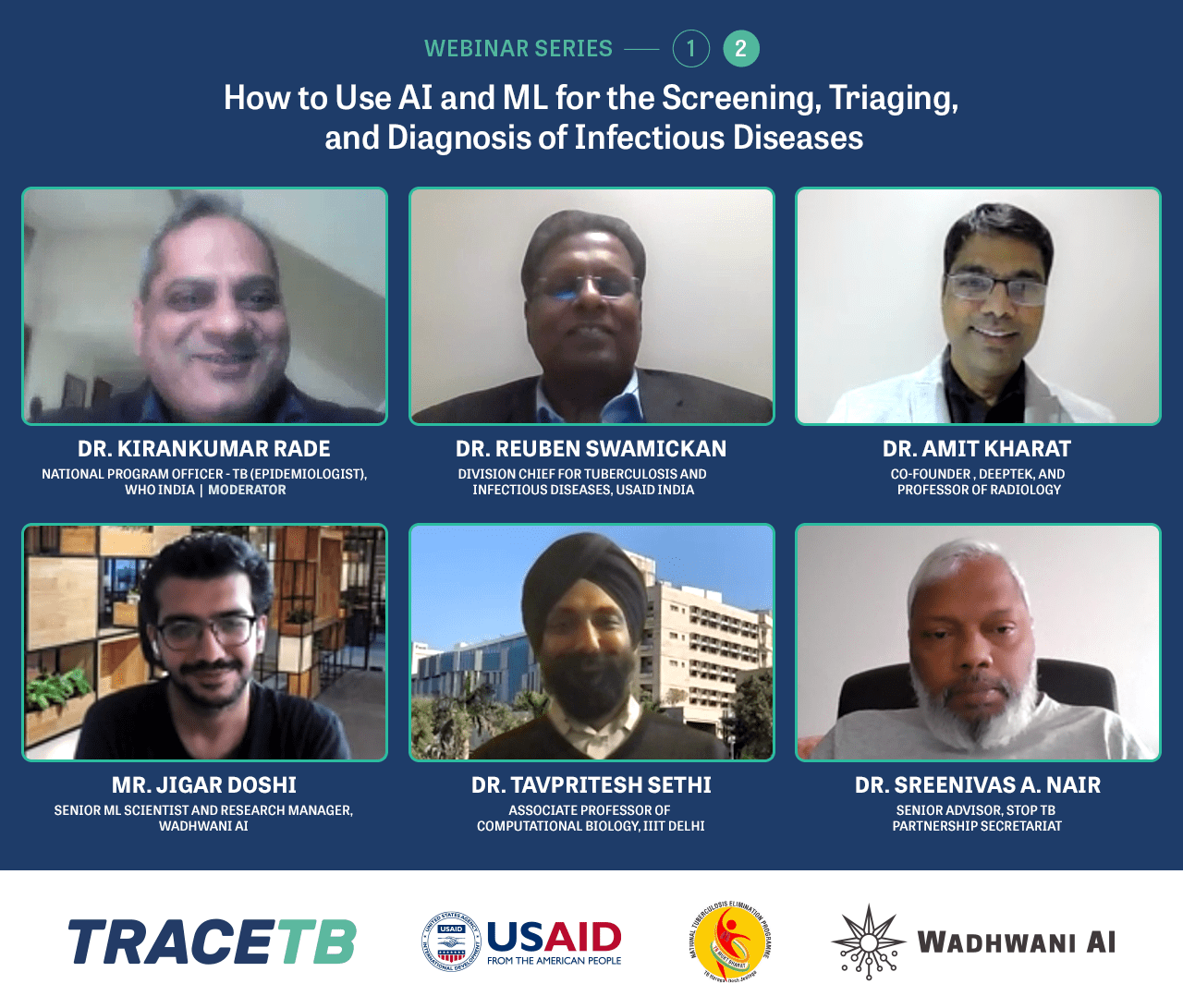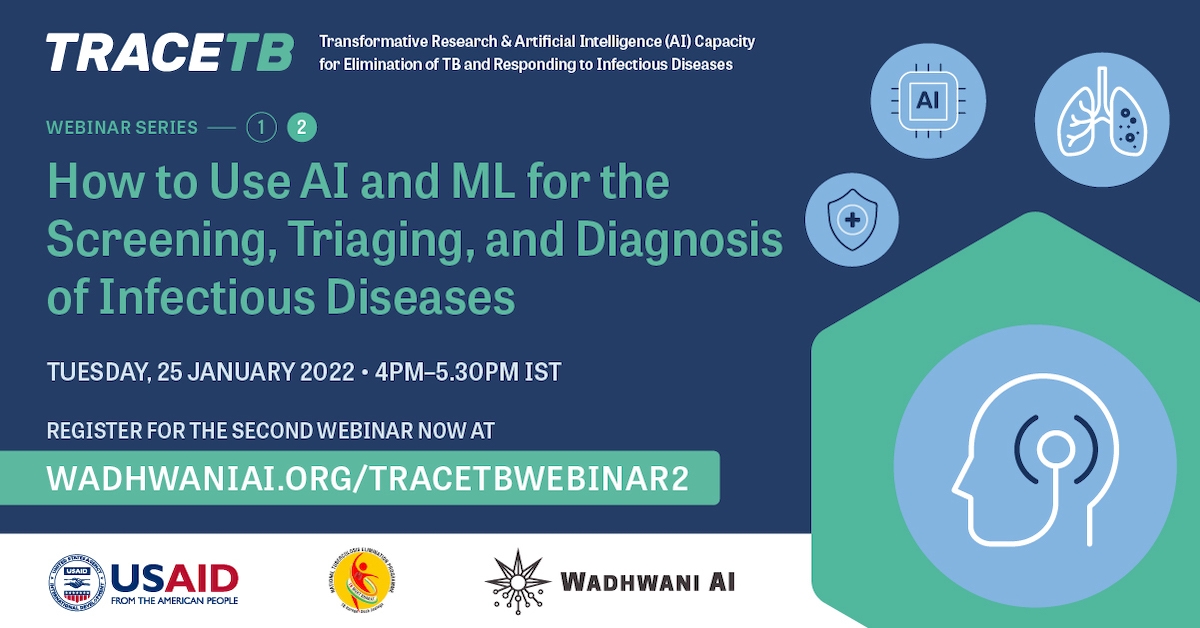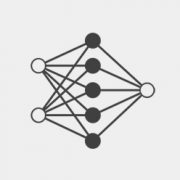Between October–December last year, I was part of a Wadhwani AI team travelling across Maharashtra, Gujarat, and Jharkhand to conduct foundational user research and a usability study with Accredited Social Health Activists (ASHAs) for our Cough for TB solution.
During our field visit in Jharkhand, as we waited for a focus group discussion to begin, a few of the ASHAs struck up a conversation with me, as they were curious about the work that our team did. I introduced myself and spoke about the work we do at Wadhwani AI. When I asked them, in turn, to tell me more about what they did, I noticed that they tended to giggle and hesitate before sharing anything about themselves.
Some of the ASHAs were very open and confident; others were more reluctant and shy, mostly making monosyllabic contributions to the discussion. They were also noticeably tired, and explained that some of them had been delayed due to their daily workload.
When we resumed our discussion over tea and snacks, I found them opening up a little more, though still fairly cautious. I asked about their routine home visits and how they prioritise and keep a record of them. I found that encouraging each of them individually to speak with me allowed them the opportunity to share their side of the story: the communities they engage with, the information they capture, and the approach that they follow for counselling and screening.
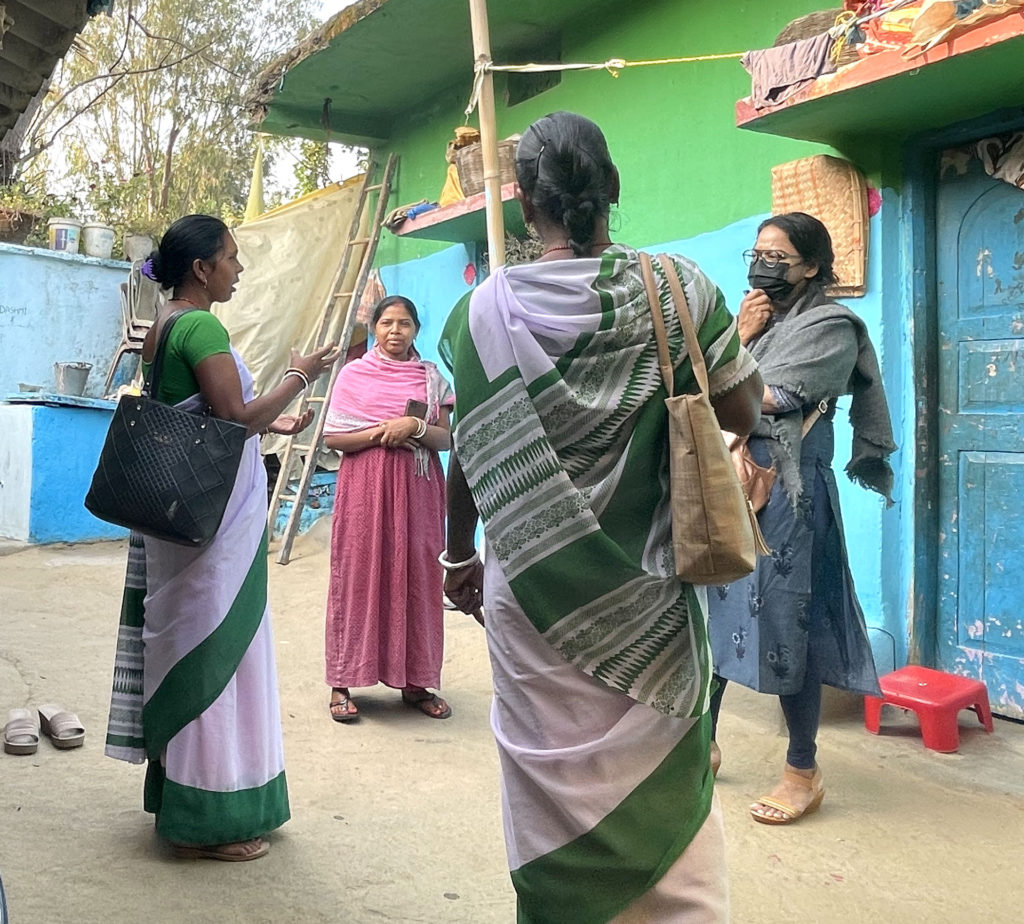
Before long, I observed a difference in their approaches. The shy-natured ASHAs spoke about how they are supported by the more confident ASHAs in communicating on the job and updating data using smartphone apps.
“Madam, mere paas to keypad wala phone hain. Mere ko itna time hogaya hai kaam karte, lekin tab ye app wagehra nai hota tha. Last time ek doosra app aaya tha ASHA ke liye. Ek to abhi time se data dalna hota hai. Mere bachche bhi help kar dete hain, ya fir doosri ASHA madad kar deti hain.”
(“Madam, I have a phone with a keypad. I’ve been working in this field for very long, but we didn’t have apps back then. There was another app we had to use before, and we had to keep buying data packs [to be able to use the Internet]. My children, or other ASHAs would help me with that.”)
It was clear to me that all of them had found their own ways to get things done, but I was curious about the ways in which their methods differed. How are ASHAs with varied skills figuring out how to use tech-based solutions? How do they approach challenges on this front? Do they require support through training? What would help to build their confidence in handling all things digital?
These questions led me to reflect further on a study we had conducted in 2021, to identify and understand different ASHA persona segments for our Newborn Anthropometry solution. Through this study, we were able to define and categorise the persona segments that ASHAs belong to. Using these personas, our team could analyse the different needs, motivations, and aspirations of the ASHAs.
ASHA Personas
We developed the following ASHA persona segments using qualitative feedback, including user interviews, focus group discussions, and ethnographic research.
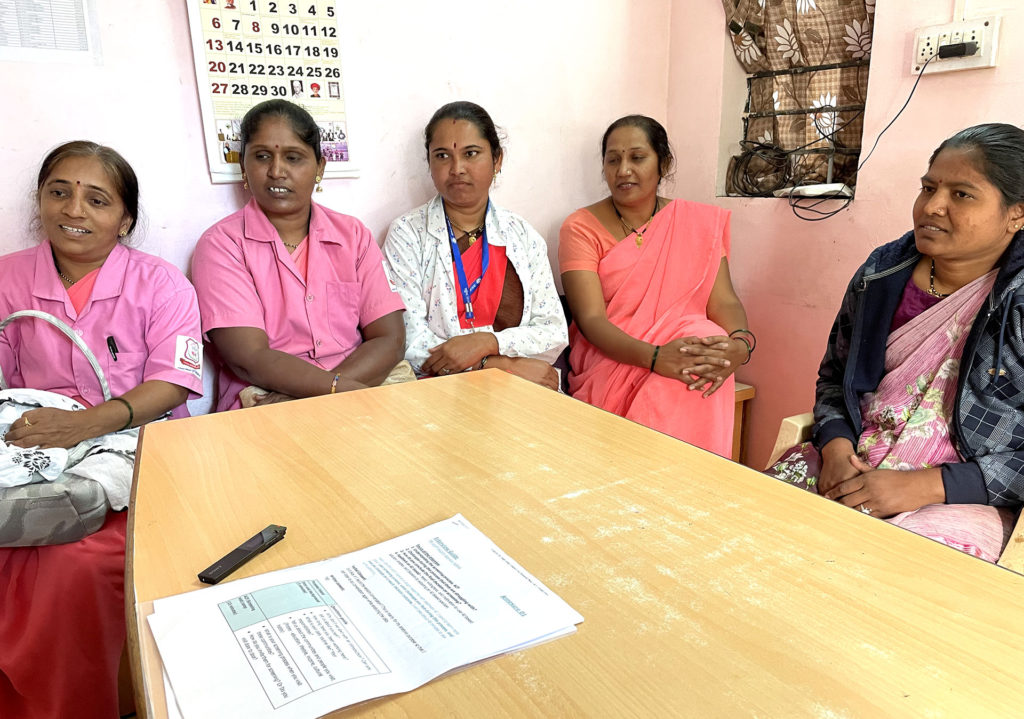
The Influencers
The key characteristics that define ASHAs that belong to this segment are their extroverted and social natures, and their leadership qualities. Influencer ASHAs are confident and like to take the lead when it comes to demonstrating their knowledge to others. This may be attributed to a high level of social and cultural agency, coupled with higher literacy and experience of working as an ASHA.
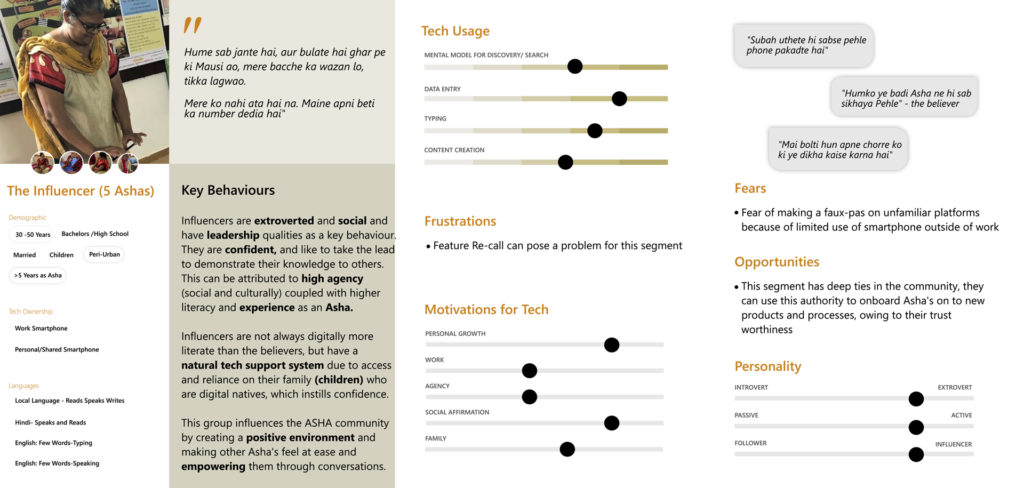
Influencers are not always more digitally literate than Believers (see below), but they have access to a natural support system with regards to the use of technology. They can rely on their families (usually their children, who are often digital natives), which makes them feel confident in navigating the digital world.
The Believers
This segment of ASHAs are those who believe in the power of technology and its potential to improve their lives and give them the agency which may be lacking in their lives due to social or cultural factors. These ASHAs are literate, usually in their mother tongues, and are familiar with a few English terms due to their exposure to the public health system and the associated lexicon, e.g., terms such as ‘screening’ or ‘referral’.
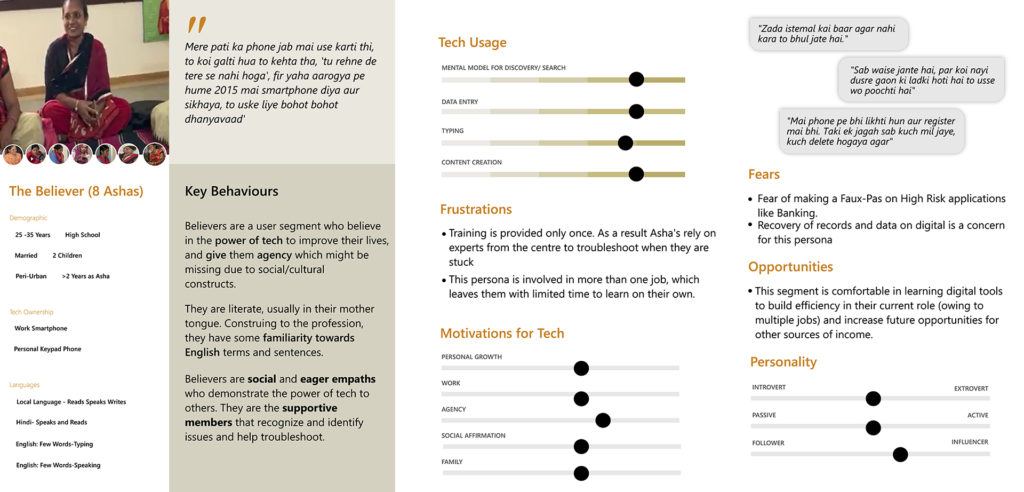
Believers are social and eager empaths who demonstrate the power of technology to others. They are supportive members who are not only able to recognise and identify issues, but also help with troubleshooting.
The Observers
Observer ASHAs are shy and apprehensive around strangers. They are low on confidence, possibly because they are younger or less literate than their peers. ASHAs that belong to this segment may be able to overcome digital literacy barriers with access to smartphones (personal phones or those assigned to them for their work) and physical intermediaries.
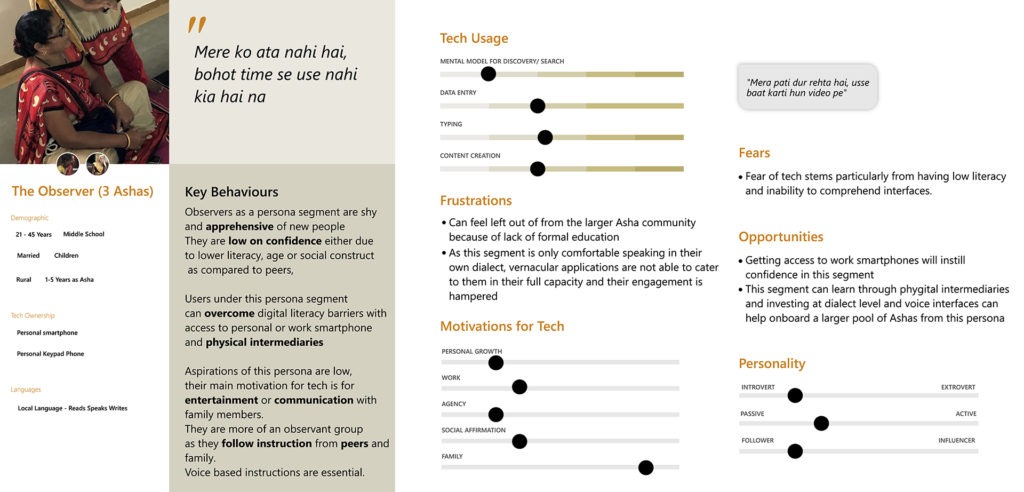
The aspirations of this segment are low; their main motivation for using technology is for entertainment or to communicate with family members.
These ASHAs tend to be very observant since they rely heavily on instructions from peers and family. Voice-based instructions are essential for this group.
The Onlookers
This segment has the lowest literacy levels and the ASHAs that belong to it possess little-to-no digital skills. Owing to their lack of access to smartphones and/ or educational opportunities, this group tends to be intimidated by the digital world. Helping them overcome this fear would likely involve a lot of handholding through physical interventions, and a robust training module.
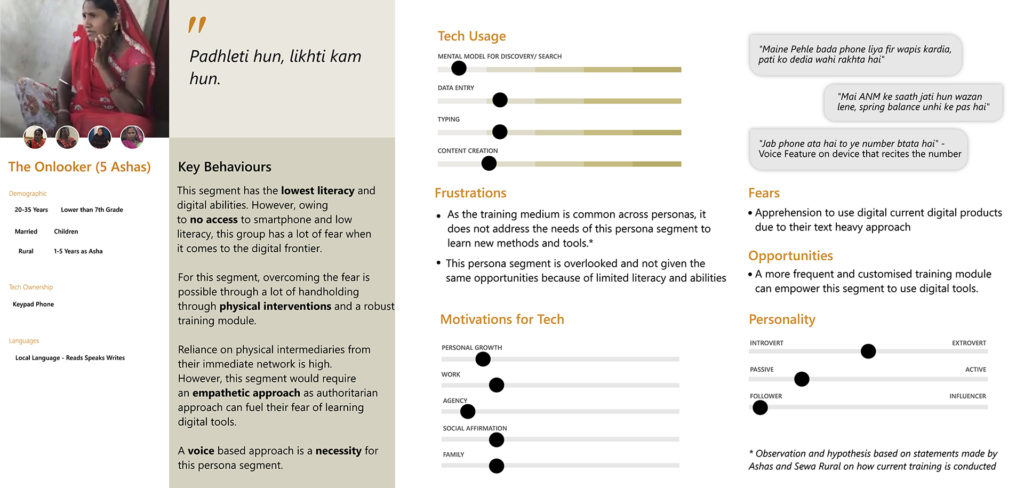
Their reliance on physical intermediaries from their immediate network is high. These ASHAs require an empathetic approach, as an authoritarian one could fuel their fear of learning to use digital tools. A voice-based approach is a necessity for this segment.
Key Takeaways
Motivations for the use of technology
Pay attention to why an ASHA is engaging with digital tools. Augmenting these factors further or harnessing factors that are ignored is likely to be be important for the adoption of the tech product.
Personalities
Personality indicators are important in understanding the role each of these persona segments could play, and the aids and environment that ASHAs may require when trying new tech products or processes.
Technology usage
Technology usage indicators are helpful in gathering how ASHAs interact with and use technology to weigh potential options that address the problem they want to solve.
Any technology solution created for ASHAs and other healthcare workers should take into account these considerations, to ensure greater adoption of the solution.
It is imperative that we design solutions that enable a more inclusive environment for users; one in which our frontline healthcare workers—such as ASHAs—feel digitally confident and are able to engage intuitively with AI-based technology solutions, irrespective of their education, skills, and environment. Technology and design must be able to aid these users in optimising their workflows, instead of becoming a burden. Only then will they trust, participate in, and adopt such solutions in the future.
Additional Contributors
Reviewers: Aayushi Bhotica, Anshika Gupta, Sameer Tikoo
Editors: Srividya Tadepalli, Arun Kale


